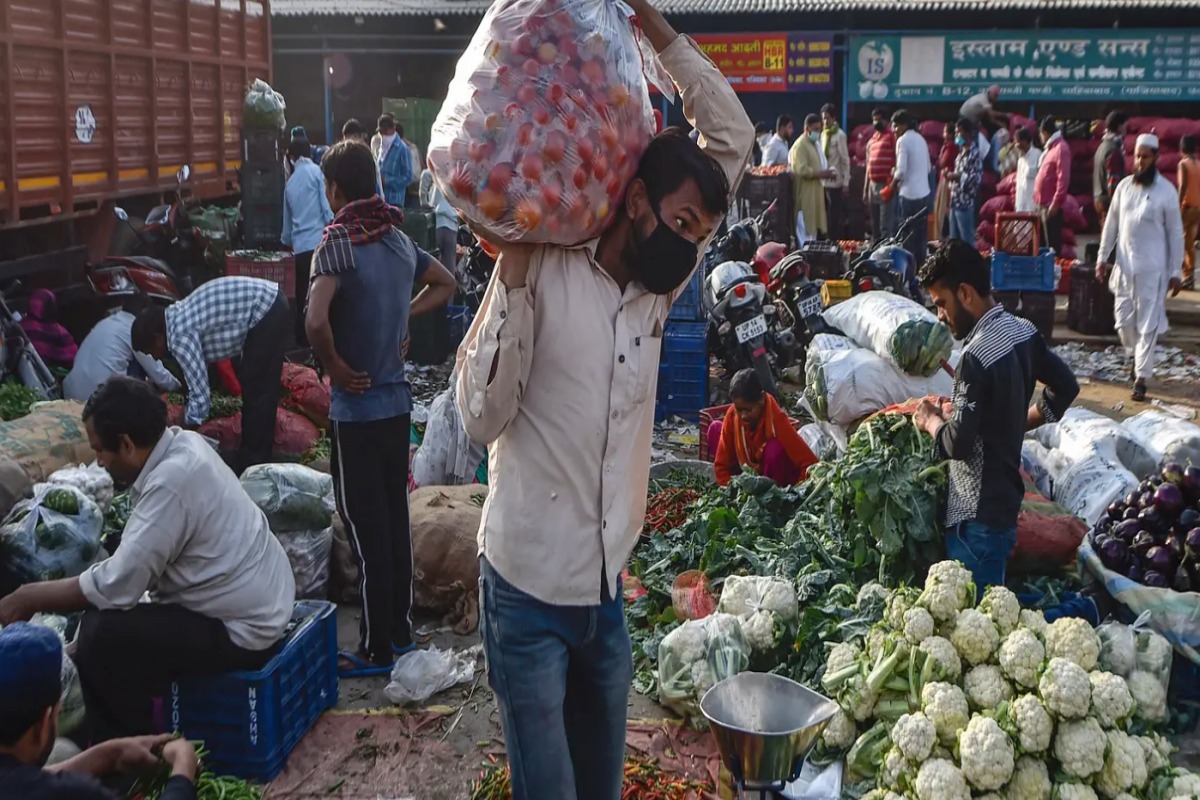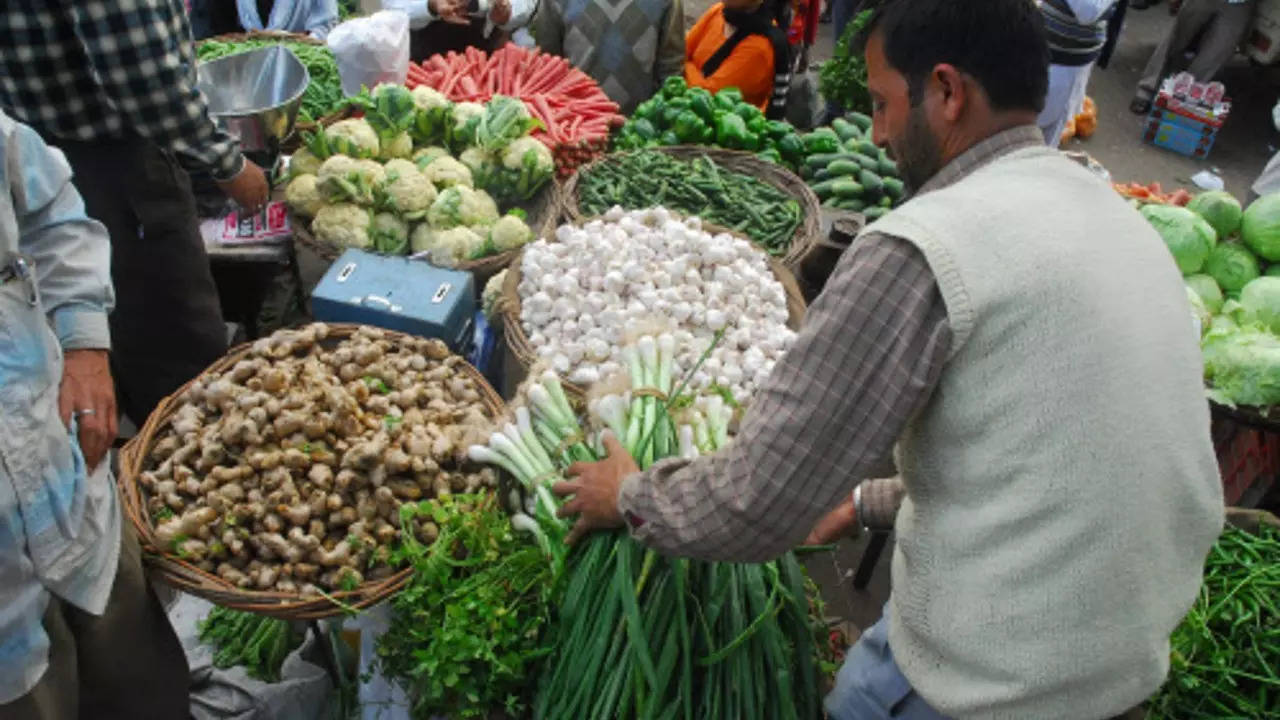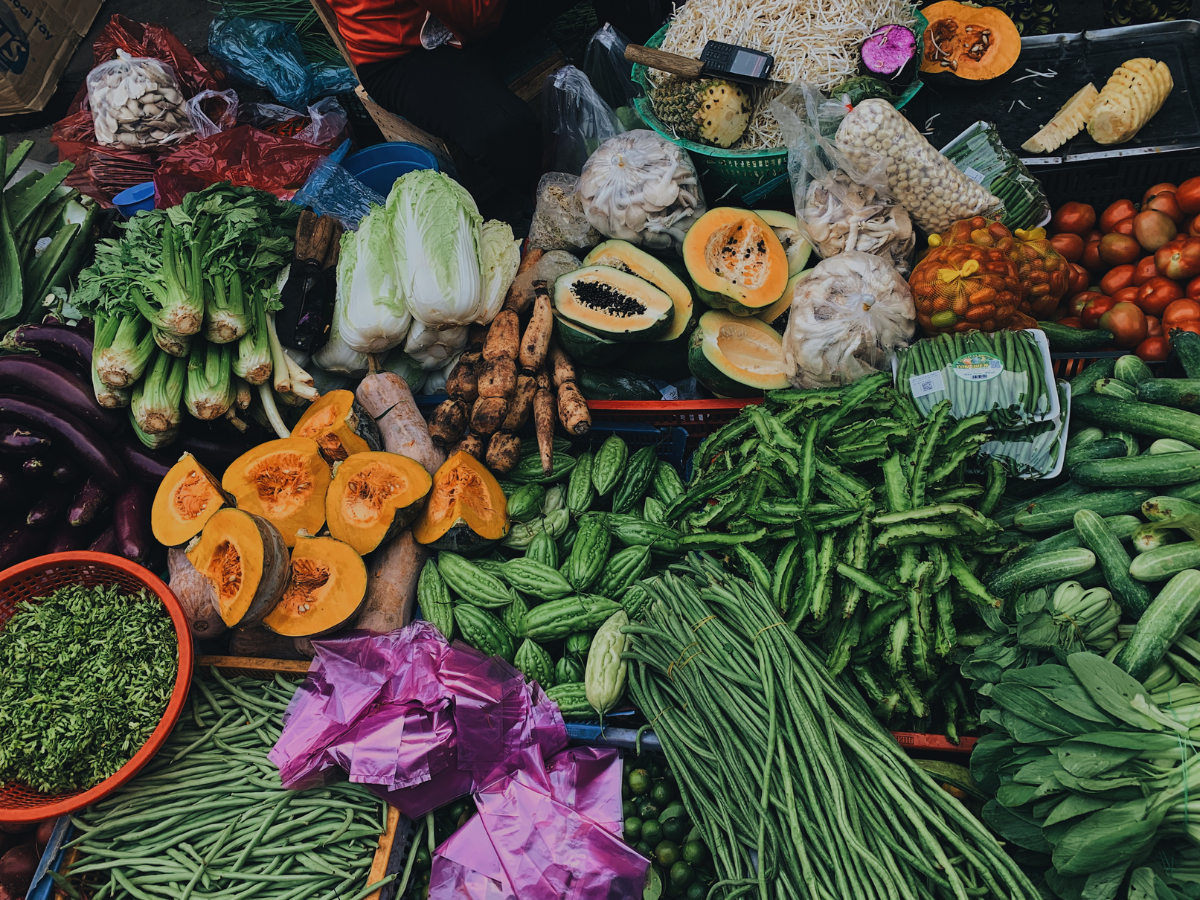Soaring Vegetable Prices May Tip India’s Delicate Inflation Balance 2023

Soaring Vegetable Prices May Tip India’s Delicate Inflation Balance 2023
“While tomato prices have already risen significantly as a result of weather-related problems, other food prices are also rising, and the overall effect of these may be felt more in July than in June,”
India, known for its vibrant agricultural sector, is grappling with a concerning issue: soaring vegetable prices. This rise in vegetable prices has raised concerns among economists about the potential impact on India’s delicate inflation balance. Understanding the causes and consequences of escalating vegetable prices becomes crucial as the country battles various economic challenges.
According to at least three experts, a sharper-than-anticipated increase in the price of vegetables, particularly tomatoes, during the previous few weeks might cause India’s retail inflation to reach 5.5% in the quarter between July and September.
Data due on Wednesday is anticipated to indicate that the country’s inflation fell to between 4% and 5% in April and May, edging closer to the central bank’s 4% target, and likely maintained below 5% in June as well, in part because of a supporting base.
According to Sen Gupta, who used data from the National Horticulture Board, vegetable prices increased by 34% in July after rising by 18% in June on a consumer price index (CPI)-weighted basis.

According to statistics from IDFC First Bank Economic Research, tomato prices, in particular, increased 160% month over month in the first week of July due to weighty rainfall and crop damage in several regions of the nation.
Due to worries about the quality and cost, McDonald’s has ceased using tomatoes.
Inflation might reach 5.5% between July and September, according to Kaushik Das, the chief economist for India at Deutsche Bank, who wrote the statement in a note on Friday.
That is higher than the Reserve Bank of India’s prediction of 5.2%. Although it won’t need a rate increase, Nomura’s economists anticipate that inflation will average about 5.5% throughout July and August, keeping monetary policy tight.
Factors Driving Vegetable Price Surge:
- Supply and Demand Imbalance:
One of the primary factors contributing to the surge in vegetable prices is an imbalance between supply and demand. Adverse weather conditions, such as erratic rainfall patterns, droughts, and floods, have severely impacted agricultural production. These weather-related disruptions have reduced crop yields and, subsequently, a diminished supply of vegetables in the market. The demand for vegetables, on the other hand, has remained relatively constant or even increased due to population growth and changing dietary preferences, exacerbating the supply-demand gap.
- Transportation and Distribution Challenges:
India’s agricultural sector’s transportation and distribution network has faced considerable challenges, particularly during the COVID-19 pandemic. Lockdowns, restrictions, and disruptions in logistics have impeded the smooth flow of vegetables from farms to markets. The resultant delays and inefficiencies have contributed to higher transportation costs and reduced availability of fresh produce, driving up prices.
- Inadequate Cold Storage Infrastructure:
India’s cold storage infrastructure, responsible for preserving perishable agricultural products, must be improved to meet the growing demand. The lack of sufficient cold storage facilities leads to post-harvest losses and wastage of vegetables, further reducing the supply available in the market. Insufficient storage capacity and infrastructure have amplified the price pressures on vegetables.

Implications for India’s Inflation Balance:
- Food Inflation:
Vegetables form a significant part of the Indian diet, and any substantial increase in their prices directly impacts food inflation. As vegetable prices soar, it strains household budgets, particularly for lower-income groups who spend a more significant proportion of their income on food. High food inflation affects individual consumers and poses challenges for policymakers in managing overall inflation levels.
- Cost Push Inflation:
The surge in vegetable prices can also have a cascading effect on the overall inflationary environment in the country. As vegetable prices rise, it increases the cost of inputs for various industries, including food processing, restaurants, and hospitality. These increased costs are often passed on to consumers through higher prices, contributing to cost-push inflation. This inflationary pressure can harm the overall economy, affecting consumption patterns, investment decisions, and business profitability.
- Socioeconomic Impact:
The rising vegetable prices disproportionately impact vulnerable sections of society, exacerbating income inequalities and deepening economic disparities. As the costs of essential food items increase, it becomes challenging for marginalized communities to access nutritious food, potentially leading to food insecurity and malnutrition. Furthermore, the increased cost of living resulting from higher vegetable prices can strain household budgets and reduce disposable income, affecting overall consumer spending patterns.
Addressing the Issue:
- Improving Agricultural Infrastructure:
Investments in agricultural infrastructure, including irrigation facilities, cold storage units, and transportation networks, are essential to enhance productivity, reduce post-harvest losses, and improve market connectivity. Strengthening the agricultural supply chain will help bridge the supply-demand gap and minimise price volatility.
- Diversification and Crop Management:
Encouraging the diversification of crops and promoting efficient crop management practices can mitigate the impact of adverse weather conditions on vegetable production. This approach would involve the adoption of climate-resilient crop varieties, better water management, and promoting of sustainable farming techniques to ensure a stable vegetable supply throughout the year.
- Market Reforms and Price Stabilization:
Introducing market reforms that promote competition and transparency in agricultural markets can help address the issues of hoarding, price manipulation, and inefficient distribution. Additionally, implementing price stabilization measures, such as creating buffer stocks or implementing targeted subsidies, can provide temporary relief during periods of price volatility.

Two economists, Sonal Varma and Aurodeep Nandi, wrote in a note published last week that “monetary policy is likely to focus more on underlying inflation than an outlier.”
However, a spike in the headline CPI caused by a rise in vegetable prices “could increase the policy trade-offs and run the risk of delaying the first cut.”
The delay in rate increases during the last two sessions, according to RBI Governor Shaktikanta Das, shouldn’t be seen as a change of direction because the disinflation process would take time.

The surge in vegetable prices in India poses significant challenges to the country’s delicate inflation balance. Supply-demand imbalances, transportation and distribution challenges, and inadequate storage infrastructure have all contributed to the rising prices. The implications extend beyond food inflation, affecting the overall economy and exacerbating socioeconomic disparities. Addressing these challenges requires a multi-faceted approach involving investments in agricultural infrastructure, diversification of crops, and market reforms to ensure a stable and affordable supply of vegetables for all sections of society.




